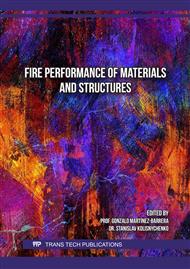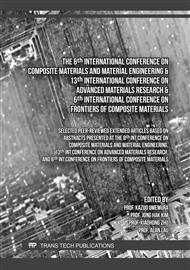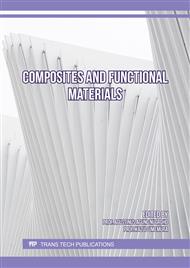p.11
p.19
p.25
p.35
p.45
p.51
p.65
p.71
p.77
Handling Composites at Aircraft Accident Sites: An Evaluation of the Fracture Features in Burnt CFRP after the Application of a Fixant Solution
Abstract:
Aircraft accident investigations are paramount for the continuous improvement of aviation safety. As such, maximizing the amount of evidence that can be gathered from an accident site is critical. However, with composites being increasingly used for the construction of airframes, additional challenges are introduced into the handling of debris. Specifically, composites under combustion are known to release potentially noxious fibers and gases, posing a threat to individuals in the surrounding area. In response thereto, so-called fixant solutions (also referred to as hold-down solutions) can be used to minimize the release of inhalable fibers. Nonetheless, researchers have highlighted the risk for these solutions to interfere with the accident investigation process by masking, altering or even destroying fractographic features needed to determine the source or sequence of composite failures. Consequently, literature calls for more research focused on characterizing the influence of fixant solutions on the failure analysis of aeronautical composites. In this study, the impact of one form of fixant solution – namely, wetted water (i.e., water with a surfactant) – is evaluated. A [(0/90)]8 woven carbon fiber/epoxy composite sample is damaged in tension (representing an aircraft accident-causing failure), burnt (simulating an accident site fire) and doused in a wetted water fixant solution. The fracture surface is subsequently evaluated via a scanning electron microscope (SEM) and the condition of fractographic features relevant to the failure analysis is qualitatively evaluated. Through the findings of the study, a better understanding of the impact of a fixant solution on the failure analysis conducted during an aircraft accident investigation can be obtained. Moreover, the results can be used to develop protocols related to the handling of burning composites aiming to maximize both, the safety of individuals involved as well as the evidence needed to conduct a thorough investigation into the causal factors of an accident.
Info:
Periodical:
Pages:
45-50
Citation:
Online since:
July 2023
Authors:
Price:
Сopyright:
© 2023 Trans Tech Publications Ltd. All Rights Reserved
Share:
Citation:




